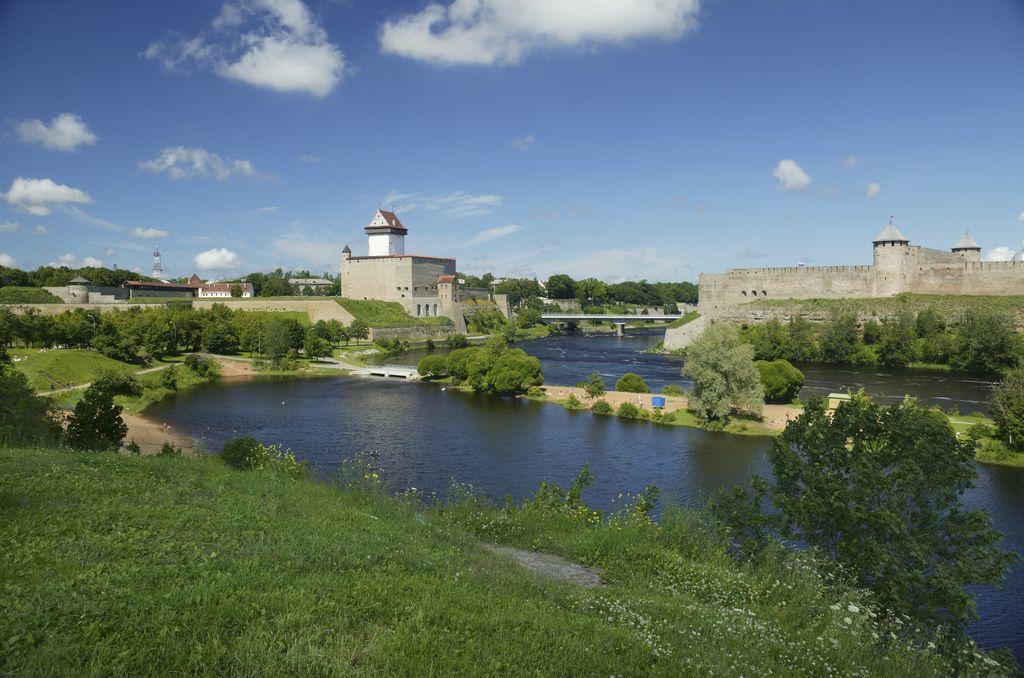The Estonian smart border crossing management service, GoSwift, has won the 2015 Transport Achievement Award at the International Transport Forum, arranged by the Organisation for Economic Co-operation and Development (OECD).
GoSwift is a public-private partnership, operating an innovative queue management service at the Estonian border crossing points. The service allows vehicles to pre-book time slots online, over the phone or at self-service terminals for crossing the border from Estonia into Russia.
The GoSwift service was developed as a response to the problems created by traffic jams of vehicles waiting to cross the EU border from Estonia into Russia. Until the start of the border queue management service in 2011, vehicles queued for miles before they reached the border crossing point. Waiting times at the border reached five to six days during peak season, with negative impacts on drivers of mostly heavy goods vehicles, but also businesses, tourists and local inhabitants.
A joint initiative, led by Estonia’s Ministry of Interior, was launched with the border guards, customs service and local authorities to address this situation in an innovative way. The main objective was to ensure seamless movement of goods and people across the border without compromising on security requirements.
The specific goals of the project were to offer a predictable crossing time, improve service quality for tourists and businesses, make it possible to wait for a crossing slot without having to be present at the border and to improve the environmental conditions, both locally in terms of waste, noise and exhaust gases, but also overall in terms of CO2 emissions due to idling vehicles. Eliminating the black market for queue slots that had developed was another objective, as well as improving the risk analysis on vehicles and individuals crossing the border.
The situation at the Estonian border has changed dramatically following the mandatory introduction of the booking and queueing service. Waiting times have decreased from an average of several days to around 30 minutes. Through the introduction of waiting areas, traffic queues at the border have disappeared, improving local traffic. Road safety around the border crossing points is no longer jeopardised by the lanes of idling trucks, and noise and harmful emissions are greatly reduced.
For drivers, journey planning has been facilitated through the availability of predictable and reliable border crossing time. They can book their crossing time via multiple channels, all available 24/7 in English, Estonian and Russian, and they can choose to be informed of their waiting time via text message. Real-time information on the number of vehicles waiting offers drivers the opportunity to decide on a different journey via another crossing point where the waiting time is shorter.
Thanks to the electronic booking system and the controls put in place, illegal trade has been reduced, as it is easier to identify where procedures have not been followed and to trace illicit trade.
One main goal for the initiative was to increase the competitiveness and attractiveness of Estonia as a whole. Trade and tourism statistics show increased activity across the border: Between 2010 and 2013, exports from Estonia to Russia grew by more than 66%, and the number of Russian visitors to Estonia increased by 35% in 2013. From January 2012 to January 2014, the number of vehicles processed at the border crossing in Narva increased by 64%.
I
Source: International Transport Forum.
Cover: The Estonia-Russia border crossing takes place across the bridge on Narva river. Photo by Jarek Jõepera.

